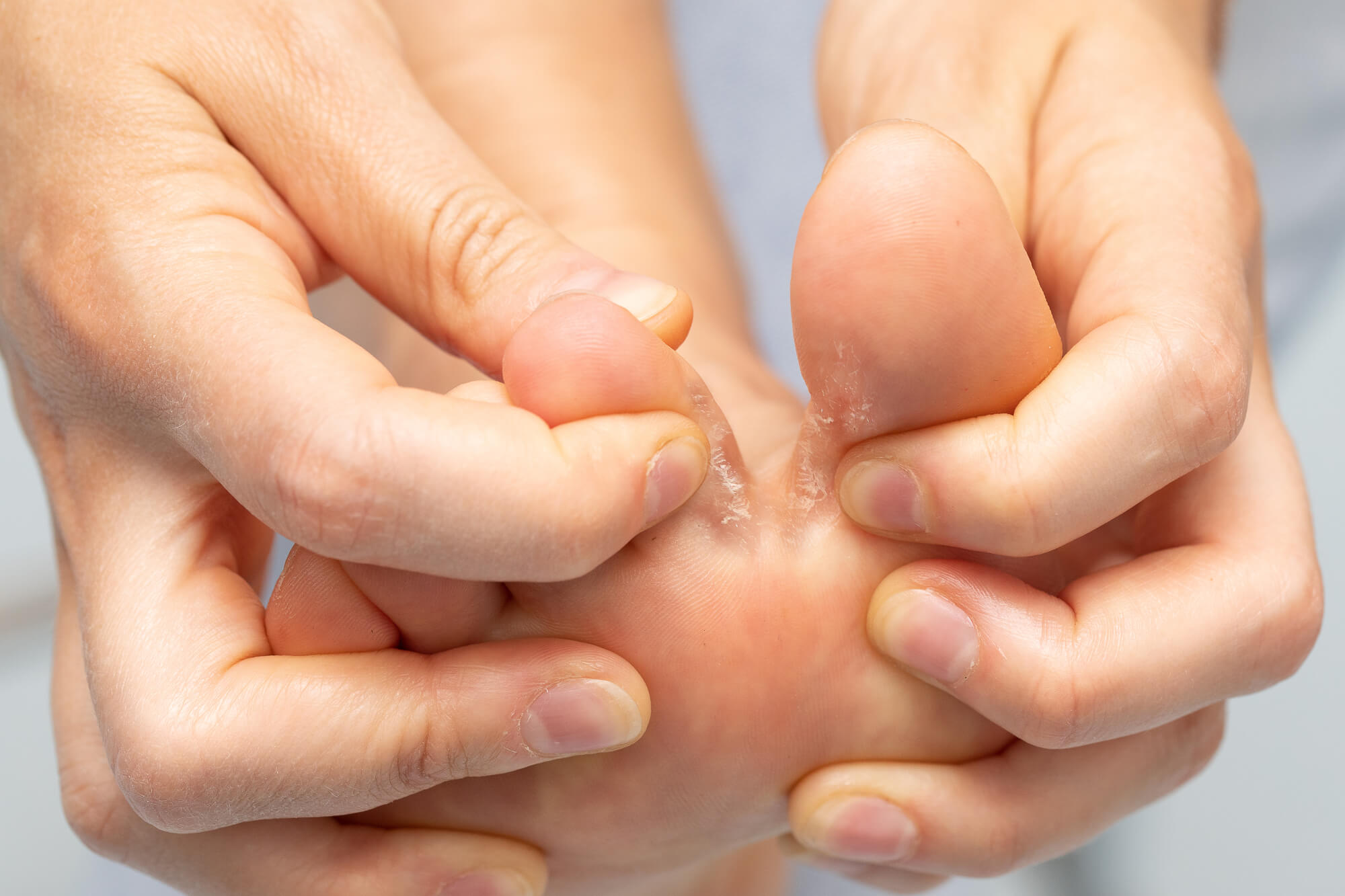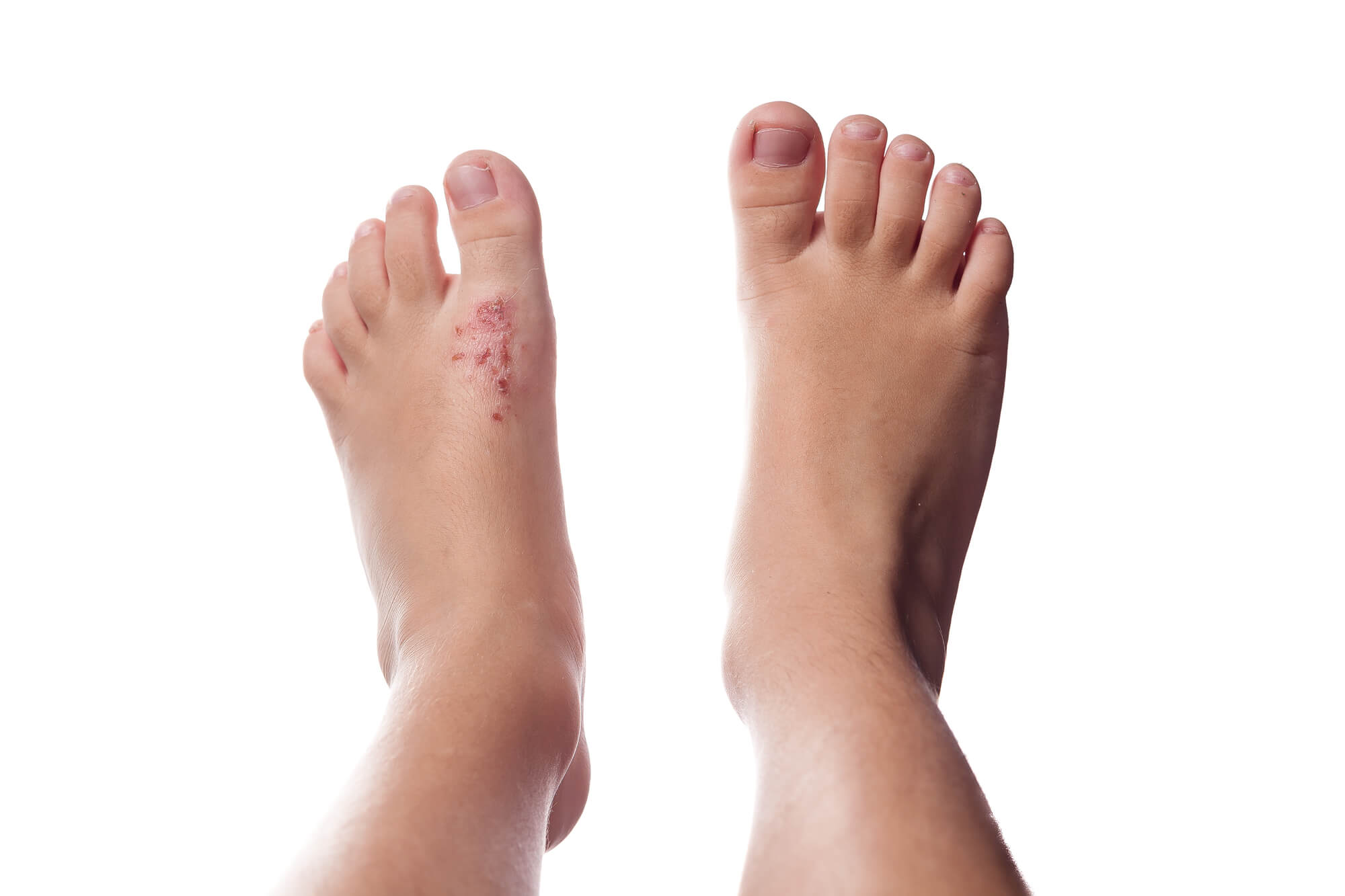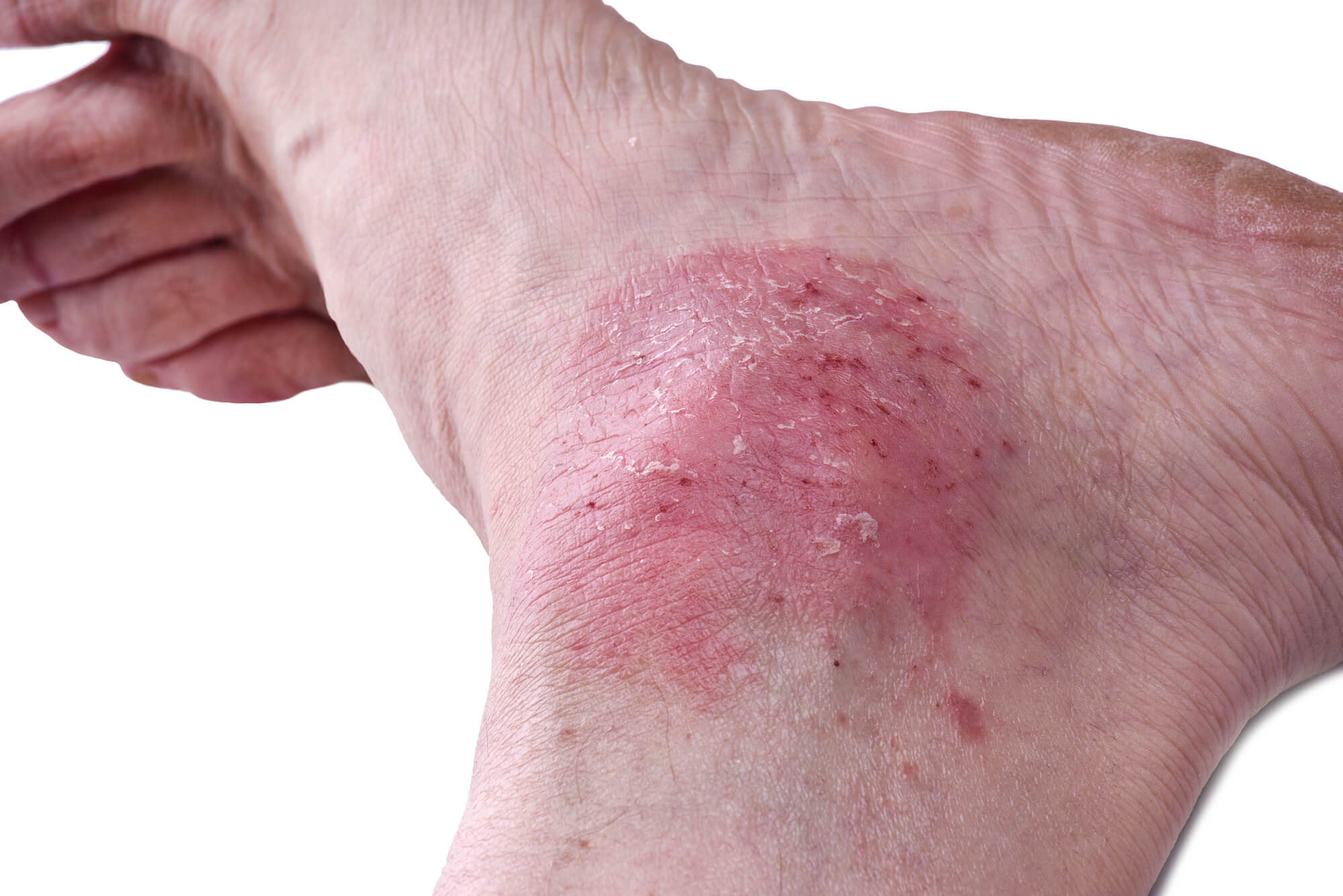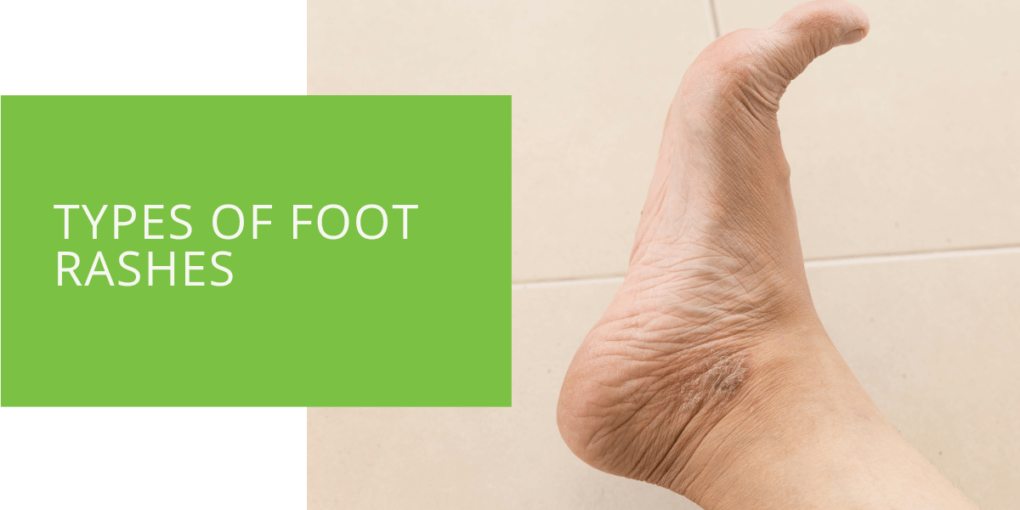Types of Foot Rashes: A Guide for Diagnosis and Treatment
Foot rashes can be a nuisance and affect a person's daily activities. They can be itchy, scaly, and even blister. It is essential to understand and diagnose foot rashes correctly to ensure appropriate treatment and prevent any complications. This guide will provide an overview of the different types of foot rashes and how to diagnose and treat them.
Common Foot Rashes
Athlete's Foot (Tinea pedis)
Athlete's foot is a common fungal infection that affects the soles of the feet and toes. It is caused by a fungus that thrives in warm, moist environments such as showers, swimming pools, and locker rooms. Symptoms include itching, burning, and stinging of the affected area and flaky, scaly skin. Over-the-counter antifungal creams are usually effective in treating athlete's foot, but a podiatrist may prescribe a stronger antifungal medication in severe cases.

Plantar Dermatitis
Plantar dermatitis, also known as heel fissures, is a common skin condition affecting the feet' soles. It is characterized by redness, cracking, and itching of the skin. Common causes include dry skin, eczema, and psoriasis. Treatment options include over-the-counter creams, moisturizers, and a prescription cream from a podiatrist in severe cases.
Contact Dermatitis
Contact dermatitis is a rash resulting from an allergic reaction to a substance that comes into contact with the skin. It can affect the feet and is characterized by redness, itching, and blistering. Common causes include poison ivy, jewelry nickel, and certain shoe materials. Treatment options include over-the-counter creams and antihistamines and in severe cases, a prescription cream from a podiatrist.
Eczema
Eczema, also known as atopic dermatitis, is a chronic skin condition that causes itching, redness, and soreness. It is a common cause of foot rashes and can affect the soles of the feet and other areas of the body. Treatment options include over-the-counter creams, moisturizers, and a prescription cream from a podiatrist in severe cases.

Less Common Foot Rashes
Impetigo
Impetigo is a bacterial skin infection that causes redness, itching, and blistering of the skin. It is contagious and commonly affects the feet and legs. Treatment options include over-the-counter creams and, in severe cases, a prescription antibiotic from a podiatrist.
Scabies
Scabies is a contagious skin condition caused by a mite that burrows under the skin. It causes intense itching, especially at night, and a rash on the soles of the feet and other areas of the body. Treatment options include over-the-counter creams and, in severe cases, a prescription cream from a podiatrist.
Psoriasis
Psoriasis is a chronic skin condition that causes redness, itching, and skin scaling. It can affect the soles of the feet and is caused by an overproduction of skin cells. Treatment options include over-the-counter creams, moisturizers, prescription creams, and light therapy from a podiatrist or dermatologist.

Diagnosis and Treatment
How to Diagnose Foot Rashes
If you suspect you have a foot rash, you must see a podiatrist for a proper diagnosis. A podiatrist will examine your feet and ask about your symptoms and any possible causes. In some cases, a skin biopsy may be necessary to confirm the diagnosis.
Treatment Options for Different Types of Foot Rashes
Treatment options for foot rashes vary depending on the type of rash and its severity. Over-the-counter creams and moisturizers are often effective for mild cases. In more severe cases, a podiatrist may prescribe stronger medication or refer you to a dermatologist for further treatment.
Prevention and Self-Care Tips
To prevent foot rashes, it is important to keep your feet clean and dry, wear shoes that fit well, and avoid exposure to known allergens. It is also important to avoid sharing personal items such as towels and shoes with others. In case of a rash, keeping the affected area clean and dry and avoiding scratching can help to prevent complications and promote healing.
Conclusion
Various factors, including fungus, bacteria, and allergies, can cause foot rashes. It is important to understand and diagnose foot rashes correctly to ensure appropriate treatment and prevent any complications. Common foot rashes include Athlete's foot, Plantar Dermatitis, Contact Dermatitis, and Eczema, while less common foot rashes include Impetigo, Scabies, and Psoriasis. If you suspect you have a foot rash, it is important to see a podiatrist for a proper diagnosis and treatment. In addition to treatment, it is important to take preventive measures and practice good self-care to promote healing and prevent future outbreaks.
FAQ
What kind of rashes are on the feet?
Common foot rashes include Athlete's foot (Tinea pedis), Plantar Dermatitis, Contact Dermatitis, and Eczema. Less common foot rashes include Impetigo, Scabies, and Psoriasis.
How do you treat a rash on your foot?
Treatment options for foot rashes vary depending on the type of rash and its severity. Over-the-counter creams and moisturizers are often effective for mild cases. In more severe cases, a podiatrist may prescribe stronger medication or refer you to a dermatologist for further treatment.
How do you identify what a rash is?
If you suspect you have a foot rash, it is important to see a podiatrist for a proper diagnosis. A podiatrist will examine your feet and ask about your symptoms and any possible causes. In some cases, a skin biopsy may be necessary to confirm the diagnosis.
What infection causes foot rash?
Athlete's foot is a common fungal infection that can cause a rash on the soles of the feet and toes. Other infections that can cause a foot rash include Impetigo, which is a bacterial skin infection, and Scabies, which is a contagious skin condition caused by a mite.

